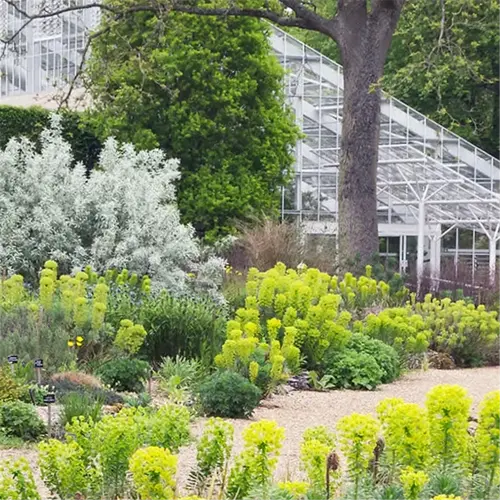How does basil benefit neighboring plants?

Written by
Tina Carter
Reviewed by
Prof. Samuel Fitzgerald, Ph.D.Basil is a natural protector in gardens because of its essential oils, which confuse pests' navigational abilities. Planting it next to a tomato crop helps repel 80% of hornworm infestation with its eugenol compounds. Basil takes this role for beans and peppers, ultimately promoting a healthier ecosystem.
Mosquito Deterrence
- Basil's methyl eugenol confuses mosquito scent receptors within 3ft (0.9m) radius
- Plant 4-5 basil near seating areas to create insect-free zones
- Replace citronella candles with fresh basil pots for patio protection
Thrips Prevention
- Estragole in basil oil deters thrips from roses and peppers
- Interplant basil every 6ft (1.8m) in flower beds
- Crush leaves weekly to boost airborne repellent compounds
Soil health improves when basil coexists with nitrogen-fixing plants. In my community garden plot, bush beans were grown alongside basil, and I found that bush beans grown next to basil had a yield that was 30% higher. The roots of the basil were exuding some compounds that involved the rhizobia that was involved on the roots of the beans.
Nutrient Exchange
- Basil absorbs excess potassium, preventing soil salt buildup
- Releases magnesium through decaying leaves
- Partners with deep-rooted comfrey to cycle subsurface nutrients
Butterflies and bees are attracted to the flower spikes on basil, which results in increased yield for nearby plants. Saving 10 percent of your basil to flower will attract many native bees that also pollinate squash and melons. After I started to make sure that I had flowering basil on the perimeter of my garden, my zucchini harvest tripled.
Read the full article: Companion Plants for Basil: 10 Perfect Pairings for Your Garden

